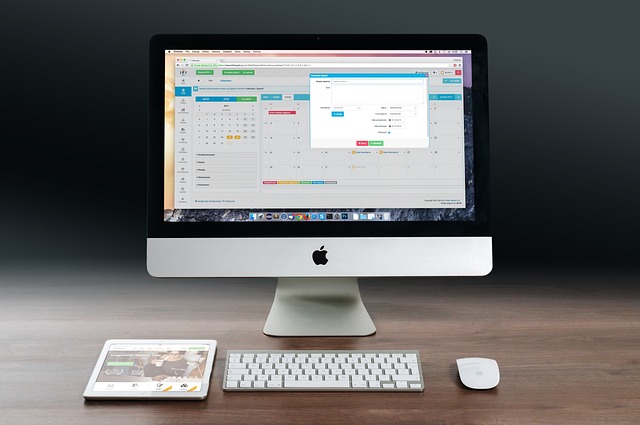Mobile technology has saturated the workplace in so many ways, and companies encourage employees to go digital. Most of them provide their employees with company-owned devices to get the work done, whether in the office or working from home.
Although many organizations have managed to improve their productivity through increased use of technology, it has also brought about various device-related risks. However, with suitable security measures in place, you can still improve your productivity while still taming security risks. Here are four ways you can do that.
Remote Wiping
One of the most common ways of securing your data is making sure that you have all your devices in the office. However, with the increase of remote working came also the risk of losing devices. At the same time, employees will need their devices when they travel for business trips that expose them to loss through theft.
When any of your devices are lost, the most prudent thing to do is to have it wiped to protect the information in the data from getting into the wrong hands. When a device is lost, the first thing that the organization is supposed to do is to wipe that device remotely. It will mean that you will lose the device, but it will secure your data to make sure it does not land in the wrong hands. Device theft is becoming one of the top ways of gaining access to company information, thus leading to cybercriminal activities. It is, therefore, less risky to lose a device than vandalizing the whole business.
Whitelisting and Blacklisting Applications
Another area where business needs to be very careful is handling mobile applications. Some of them are secure, but others can expose your business. That is why it is essential to be careful when it comes to installing new smartphone applications. One of the best ways of making sure you do not expose yourself to cybercrime is to use safelists and blacklisting applications. That means that employees can only be allowed to install applications that are not known to be risky and avoid any risky applications.
Proper Management and Tracking Devices
One way of ensuring cybersecurity is by tracking all the devices used by employees, including their own devices if they use them for work. It will be prudent to have a record of all the devices employees are using for work and who is using them. Device management will go a long way in ensuring cybersecurity because you will be safeguarding your business data by tracking them.
Mobile Device Management Solution
Here at IT Ninjas, we offer tech support and IT support services. We have the best tools to help your business implement proven business practices and cybersecurity measures to secure your business. Contact us to learn more.





